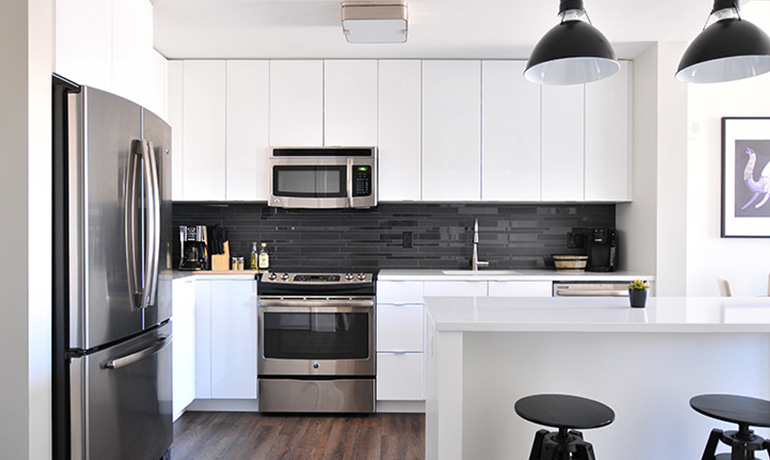Steps to Fix a MacBook Pro with a Black Screen
If your MacBook Pro has a black screen, follow these troubleshooting steps:
-
Check the Power Connection: Make sure your MacBook Pro is connected to a power source. A drained battery can cause a black screen. Connect the charger and wait a few minutes to see if the screen turns on.
-
Reset the SMC: Reset the System Management Controller (SMC) by shutting down your MacBook Pro, then holding the power button for 10 seconds. Release the button, wait a few seconds, and turn on your MacBook Pro.
-
Reset the NVRAM: Reset the Non-Volatile Random-Access Memory (NVRAM) by shutting down your MacBook Pro, then turning it on and immediately pressing and holding the Option, Command, P, and R keys simultaneously. Keep holding the keys until your MacBook Pro restarts and you hear the startup sound for the second time.
Tips: Check the LED indicator on your charger to ensure it’s functioning properly. If not, try a different power outlet or charger. Keep your MacBook Pro updated with the latest macOS version to benefit from bug fixes that can resolve display issues.
Causes and Solutions for a MacBook Pro Screen Going Black
Understanding the causes of a black screen on your MacBook Pro can help you resolve the issue. Here are some possible causes and solutions:
-
Software Glitches: Restart your MacBook Pro and boot it in Safe Mode by holding the Shift key during startup. If the screen works fine in Safe Mode, uninstall recently installed apps or extensions that may be causing the issue.
-
Faulty Display Connection: Press and hold the Option, Command, and P keys along with the power button for 10 seconds, then turn on your MacBook Pro. If the screen remains black, have the display connection checked and repaired by an authorized Apple service provider.
-
Hardware Issues: Check for visible damage to the display or connectors. If you recently installed new hardware, remove it and check if the screen starts working. If not, contact Apple Support or visit an authorized service center for assistance.
Tips: Regularly back up your data using Time Machine or iCloud. Keep your MacBook Pro clean to prevent overheating and display problems.
By following these troubleshooting steps and understanding the common causes of a black screen on your MacBook Pro, you can effectively resolve the issue. If the problem persists, contact Apple Support for further assistance.
MacBook Pro users are in luck – if your laptop is on but the screen is black, this article has the ultimate guide to help you diagnose and ultimately fix the issue.
The first thing to do is check the external connectors. Make sure the MagSafe or USB-C power adapter is plugged in and that the HDMI cable or any other connected wires are securely connected to the Mac and any external display.
Once the external connections have been checked, the next step is to reset the Mac’s System Management Controller (SMC), which controls the power of the laptop. To do this, turn on your laptop and hold the two keys ‘Control’ ‘Option’’ and ‘Shift’, then press the ‘Power’ button. You should then release all the keys. The laptop should then restart normally.
If neither of these methods has freed up the display, an alternative fix is to force restart the laptop. To initiate a force restart, press and hold the ‘Power’ button until the laptop reboots and you see the Apple Logo.
If the issue still persists, it may be time to take your laptop to an Apple service provider for repair. In the meantime, before taking the laptop to be repaired, you may want to back up your data from the computer. To do this, first turn your laptop on and connect it to an external storage device. Then press and hold the ‘Power’ button until the laptop shuts down. Next, turn the laptop back on while holding the ‘Option’ key and use the arrow keys to select the external storage disk. Select ‘Restore from Time Machine Backup’ and then you can back up your files.
By following these steps, you will be able to diagnose and hopefully fix the issue with your MacBook Pro when the screen is black even though it is on. Ensure that all the connections are securely connected and then try resetting the SMC, force restarting the laptop or taking it to an Apple service provider as a last resort.


